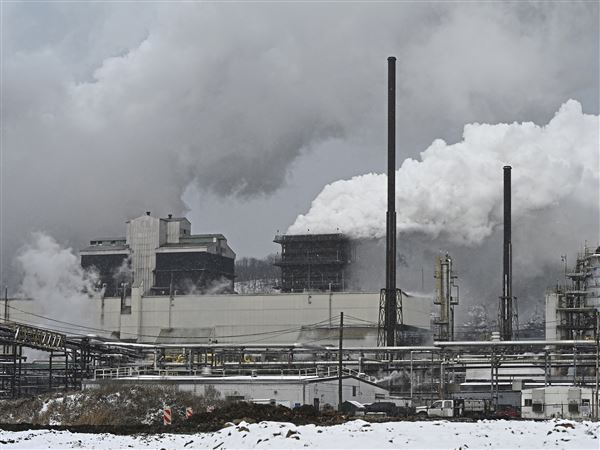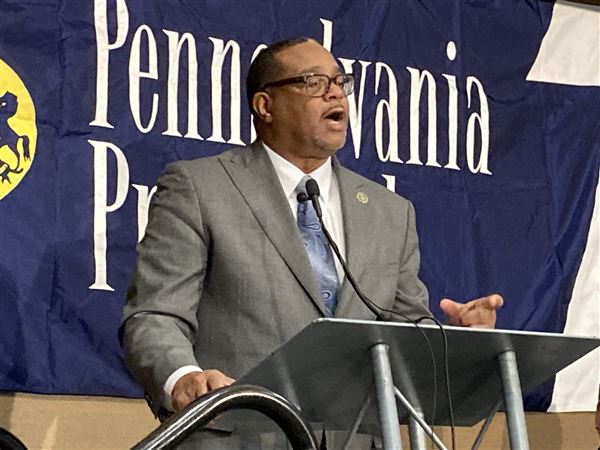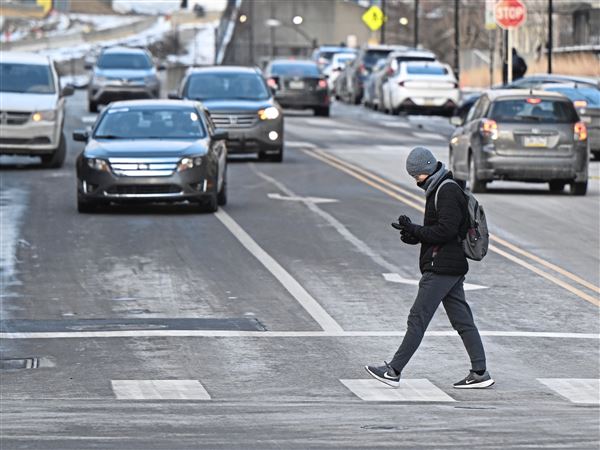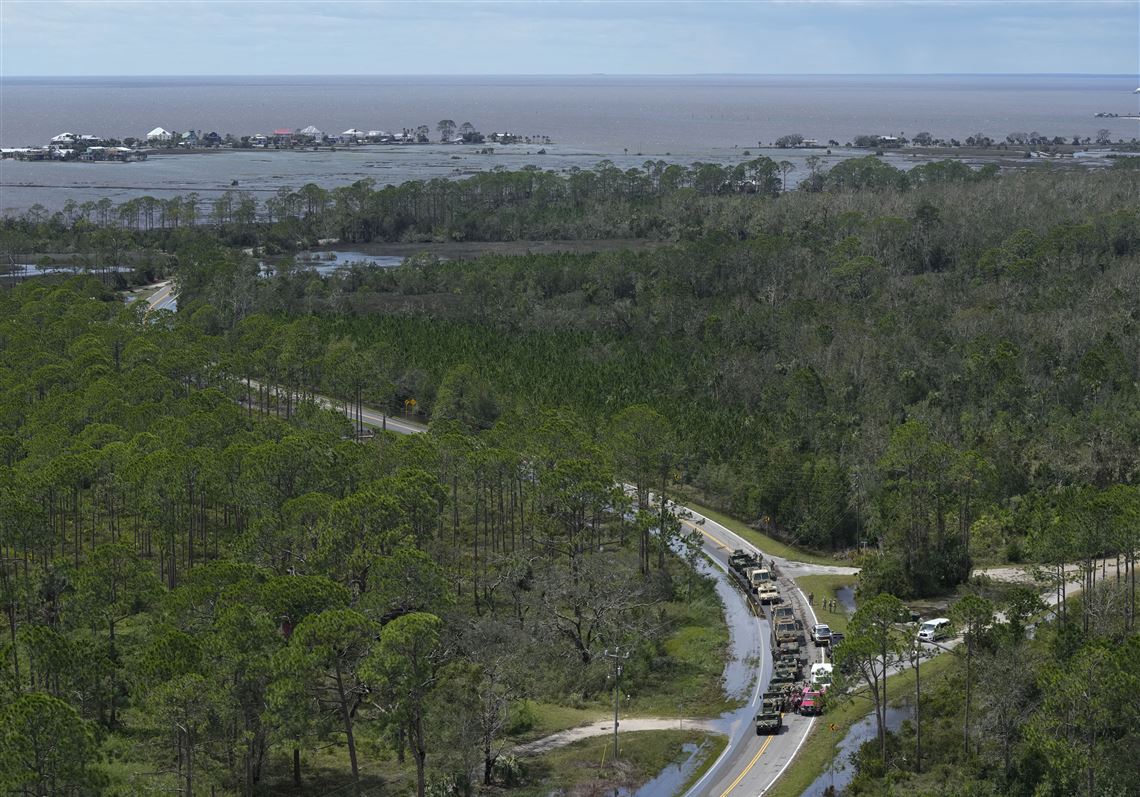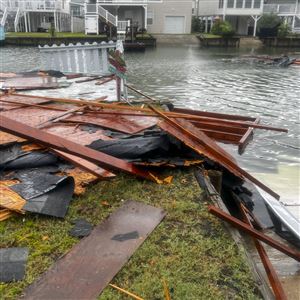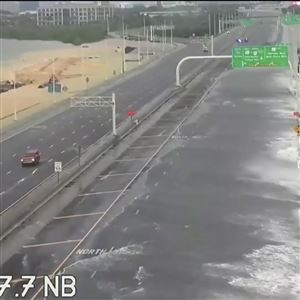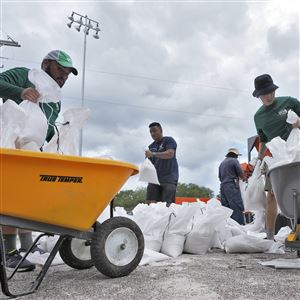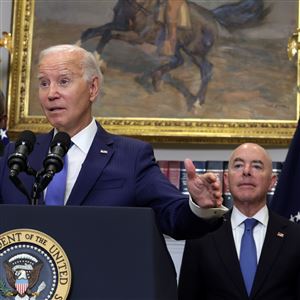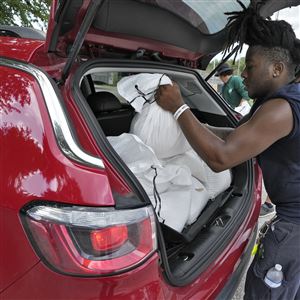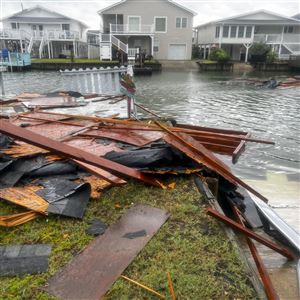HORSESHOE BEACH, Fla. — The worst of Hurricane Idalia left residents of a region of tight-knit communities trying to find places to live as they rebuild — if they decide it’s even worth it — and waiting potentially weeks for electricity to be restored after winds and water took out entire power grids.
Idalia came ashore Wednesday in Florida’s sparsely populated Big Bend region, where places to fish and paddle are connected by swamps.
The scope of the disaster came into sharper focus Friday. A power cooperative warned its 28,000 customers it might take two weeks to restore electricity. Emergency officials promised trailers would arrive over the weekend to provide housing in an area that didn’t have much to begin with.
“We’ll build back. We’ll continue to fish and enjoy catching the redfish and trout and eating oysters and catching scallops and eating them," said real estate agent Jimmy Butler, who lives in Horseshoe Beach, which saw some of the worst damage.
Idalia made landfall Wednesday near Keaton Beach with winds of 125 mph and a 6-foot storm surge. The fast-moving storm then tore through largely rural stretches of inland Florida and southern Georgia.
While the storm wreaked havoc on a slice of old Florida that has escaped massive coastal development, its path and forward speed spared the state's insurance industry a huge financial hit, said elected Chief Financial Officer Jimmy Patronis, whose agency oversees the state Office of Insurance Regulation.
Two days after the more powerful Hurricane Ian hit southwest Florida last year around Fort Myers, for instance, the state reported more than 62,000 insurance claims. In the two days after Idalia, there have been about 3,000, Mr. Patronis said.
But some of the Big Bend’s older homes may have been passed down for generations, owned outright and not insured. People who lost everything may decide they can’t afford or it is not worth it to rebuild, leaving a bigger cultural impact than a financial one, Mr. Patronis said.
“This is somebody’s way of life. This is the way somebody took care of their families and their families took care of them and they’re hard working people,” Mr. Patronis said. “Mother Nature’s going to wipe them off the map and they’re going to say, ‘You know what? Maybe this is a sign for us to cash out.’ ”
More than 100,000 homes and businesses in both states remained without power Friday, according to PowerOutage.us. And even with high temperatures below normal, the high humidity meant sweltering late-summer days and nights, with no power to run air conditioners.
That included almost all 28,000 customers of the Suwannee Valley Electric Cooperative, which provides power to four inland Florida counties through 4,100 miles of lines — or enough to stretch to northern Alaska.
The co-op warned its customers to prepare to be without power for two weeks. It lost most of its big power lines that bring electricity into its territory, along with more than 400 broken poles and 2,500 cases of damaged equipment or downed lines.
The utility was bringing extra people in from everywhere, swelling its force of 100 line workers, tree trimmers and others to more than 750. Generators were being set up to help a few restaurants and other businesses operate.
“So even though we have fantastic employees and have arranged for a lot of help from contractors and other cooperatives, it’s going to take a while to get everyone’s power back on," co-op CEO Mike McWaters wrote to his customers.
It wasn’t as grim to the west, where Tri-County Electric Cooperative initially warned its 14,500 customers of two-week outages, but revised that to saying all but the worst-damaged few hundred homes would be back online by Tuesday.
The key has been adding workers and quickly restoring the main transmission lines that bring power generated elsewhere in the state, spokesperson Kaitlyn Culpepper said.
Helping to clear trees are members of the Florida National Guard and the state Forestry Department, Ms. Culpepper said.
One Georgia resident died when a tree fell on him as he tried to clear another tree from a road. Officials said there appeared to be a storm-related death around Gainesville, Fla., but did not release details.
Democratic President Joe Biden planned to visit Florida on Saturday and survey the damage with Republican Gov. Ron DeSantis — who is campaigning to unseat Mr. Biden — but details were still being worked out.
"What we want to do is make sure that power restoration continues, that the relief efforts continue, and we don’t have any interruption to that,” Mr. DeSantis said Friday. “I’m sure they’ll be sensitive to that.”
Recovery continued in other places, too. In hard-hit Valdosta, Ga., where nearly half the surrounding county's 32,000 electric customers remained without power, the local university stuck with its plans to play football Saturday but moved the game from the evening to the afternoon because of power issues.
Idalia was a tropical storm by the time it reached South Carolina, but it brought a storm surge that — along with a periodic, unusually high tide — flooded Charleston and almost every beach community.
The storm eroded many of the dunes on the Isle of Palms, leaving crews scrambling to smooth out large drop-offs on beach access paths ahead of Labor Day weekend.
Beaches in Florida south of where Idalia's center struck also suffered serious erosion. Pinellas County closed off 14 of 28 beach access walkovers in Indian Rocks Beach alone. The wooden walkway to the beach is now 4 feet above the sand in some places.
“We’ve probably lost about a third of the beach, if not more,” said Indian Rocks Beach City Manager Greg Mims.
The remnants of Idalia continued moving away from the U.S. on Friday. Forecasters warned it could become a tropical storm again Saturday and bring winds and rains to Bermuda, which also this week was lashed by winds and rain from the outer bands of Hurricane Franklin.
First Published: September 1, 2023, 12:03 p.m.

